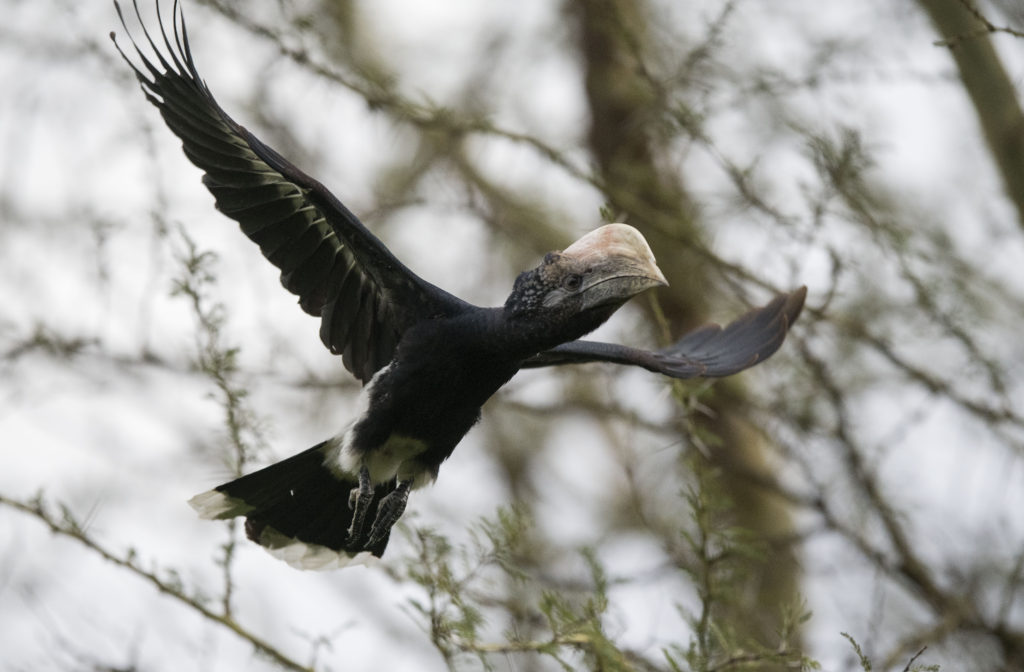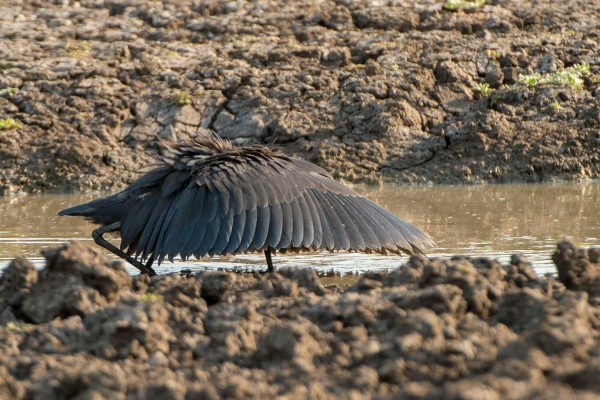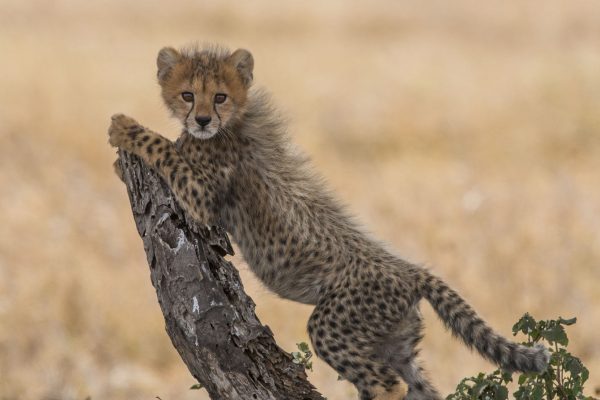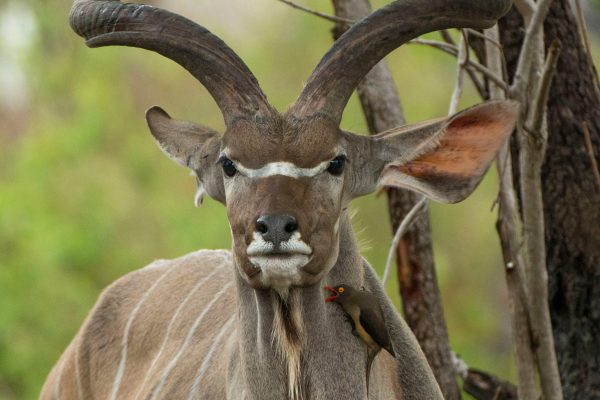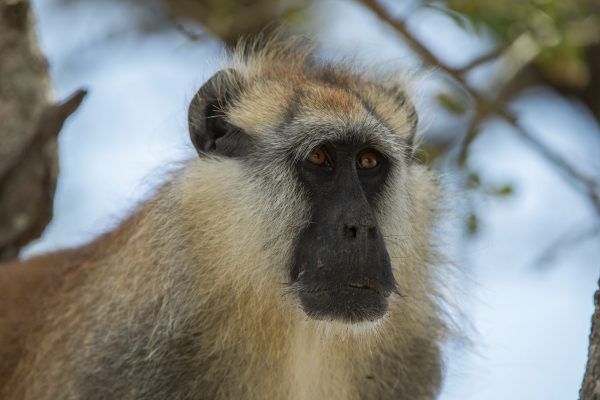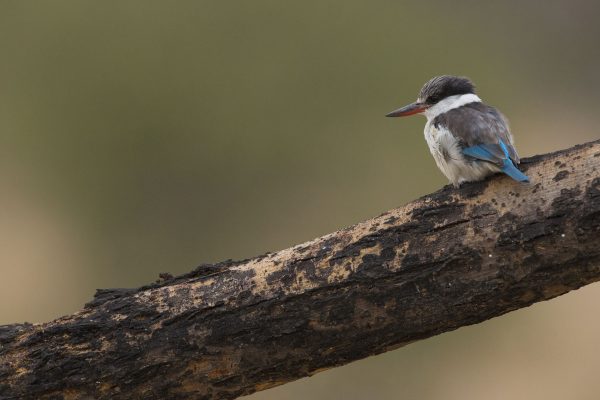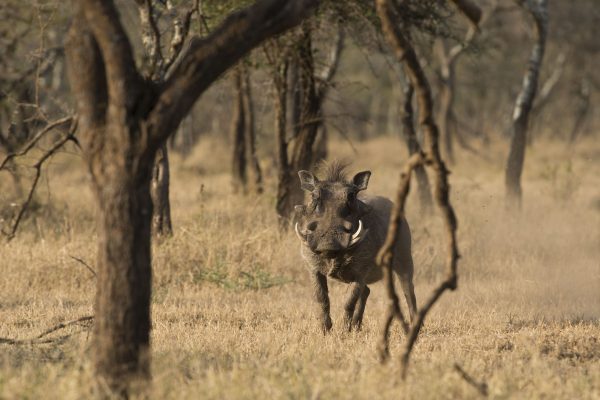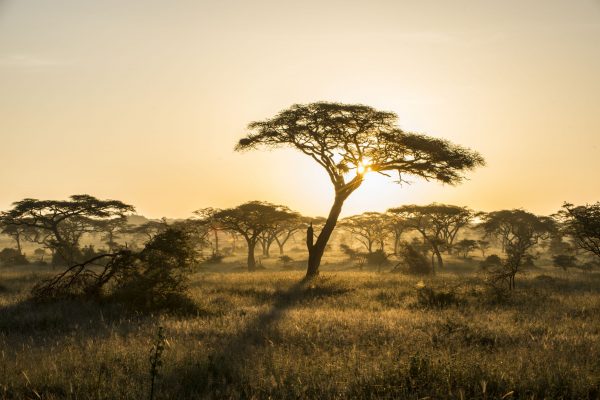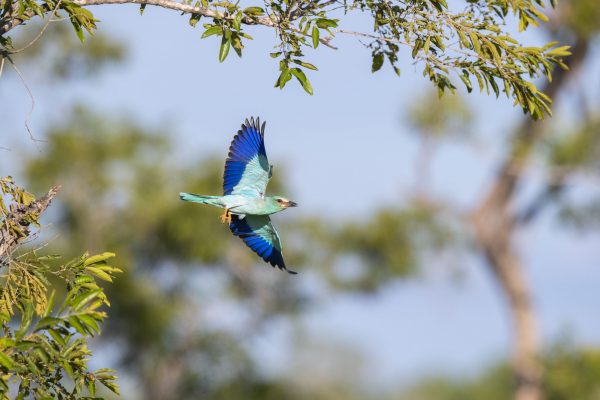Overview
Vast, wild, untouched Africa…
If looking to embrace nature at its most authentic state whilst in Africa, then look no further than the newly established Nyerere National Park. Carved out of the legendary Selous Game reserve, famous to be the biggest wildlife conservation tourist safari park in Africa, the park covers an area of 30,000 km2 of land offering wide variety of wildlife habitats including Lakes, open grassland, acacia, Miombo woodland and riverine forests.
This park’s history and sense of mystique adds to its attractions. It was named after Fredrick Courtney Selous, a well renowned explorer and British Army Officer in the Royal Fusiliers. Selous was killed in combat along the Rufiji River, which flows through the Park. Today, it takes its name from Julius Kambarage Nyerere, the first president of Tanzania, widely viewed as the father of the modern nation-state.
The beauty of this Park is carefully balanced from its topography. Nyerere National Park’s panoramic plains house a tremendous amassment of ecosystems ranging from golden grass, thick savannah forests, woodlands riverine marshes to ground water forests and boundless lakes. The fact that it was relatively untouched by humans integrates value to the place.
The Mighty Rufiji river
Integrating to the romance of this park is The Rufiji River, the most crocodile- infested inland waterway in Tanzania. Abaft this magical engenderment, is the river systems that flow into it from the surrounding highlands. As these rivers lose altitude, they move towards each other and convene to become the Rufiji river, the longest river in Tanzania. The Rufiji meanders its way towards the Indian ocean, and over time, this massive drift of water has chiseled features into the land such as gorges, lakes, swamps and marshes, all of which make for a histrionic landscape. The river systems magnetize and sustain a diverse range of wildlife and vegetation. With this type of high natural architecture, this incipiently established park remains one of the few places in Tanzania where it is possible to go on a boat safari along the river and its tributaries, an astonishing experience that gives you a unique perspective on the wildlife.
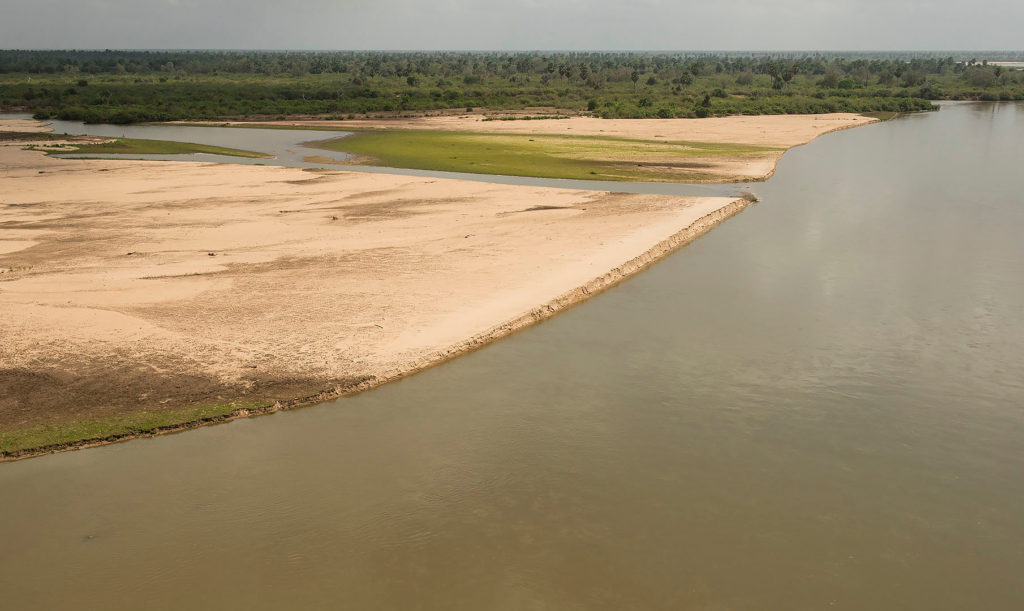
The ascendant vegetation of the Park is deciduous Miombo woodlands and the property constitutes a globally salient example of this vegetation type. Because of this fire-climax vegetation, soils are subject to erosion when there are cumbersomely hefty rains. The result is a network of customarily dry rivers of sand that become raging torrents during the rains; these sand rivers are one of the most unique features of the Nyerere landscape. Expansive components of the wooded grasslands of the northern Selous are seasonally flooded by the ascending water levels of the Rufiji River, creating a very dynamic ecosystem.
The reserve has a higher density and diversity of species than any other Miombo woodland area: more than 2,100 plants have been recorded and more are thought to subsist in the remote forests in the south
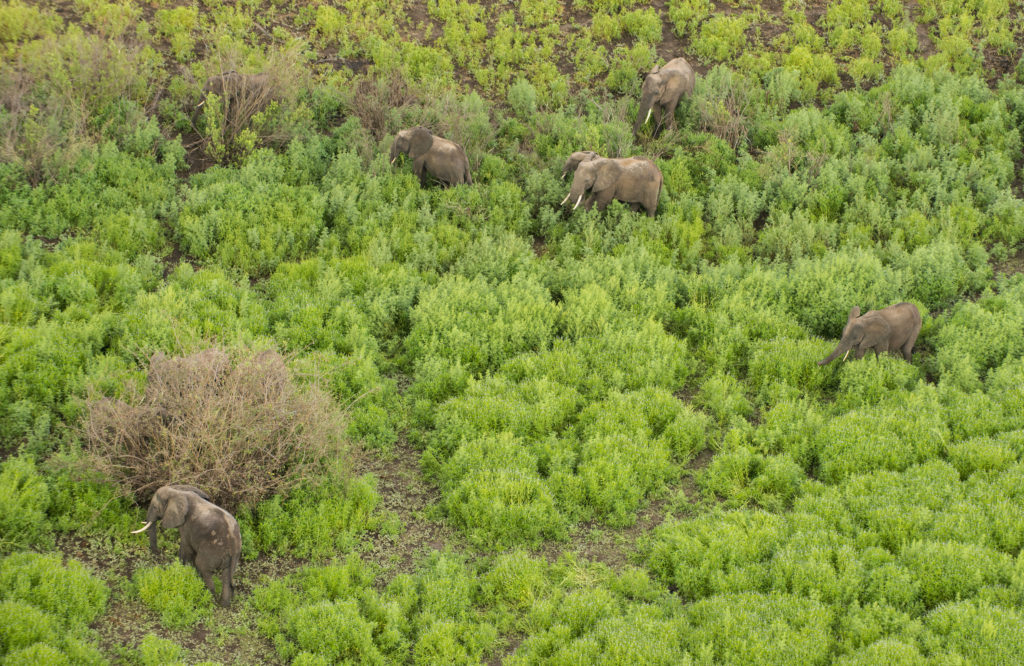
Sightings of large predators like lions, leopards, cheetahs, jackals and hyenas are mundane in this park. The Rufiji River that cuts through the park boasts a substantial population of African elephants by the banks as large groups of hippopotamuses and crocodiles lurk in the murky waters
As is the case with most reserves in Tanzania, the number of ungulates is also attractively high. The Nyassa wildebeest, the greater kudu, sable antelope, impalas, Thomson’s gazelles elands and hartebeests are very common in the rich southern forests. Large herds of buffalos, zebras, giraffes is also common.
What is nature without the musical and soothing melodies of birds? For birders or bird doters, there are more than 440 bird species having been spotted and recorded. Some of the birds that can be spotted here include the pink-backed pelicans, giant kingfishers, African skimmers, white-fronted bee-eaters, ibises, yellow-billed stork, malachite kingfishers, purple-crested turaco, Malagasy squacco heron, trumpeter hornbill, fish eagles, the Rufous-winged sunbird and Udzungwa forest partridge among many others.
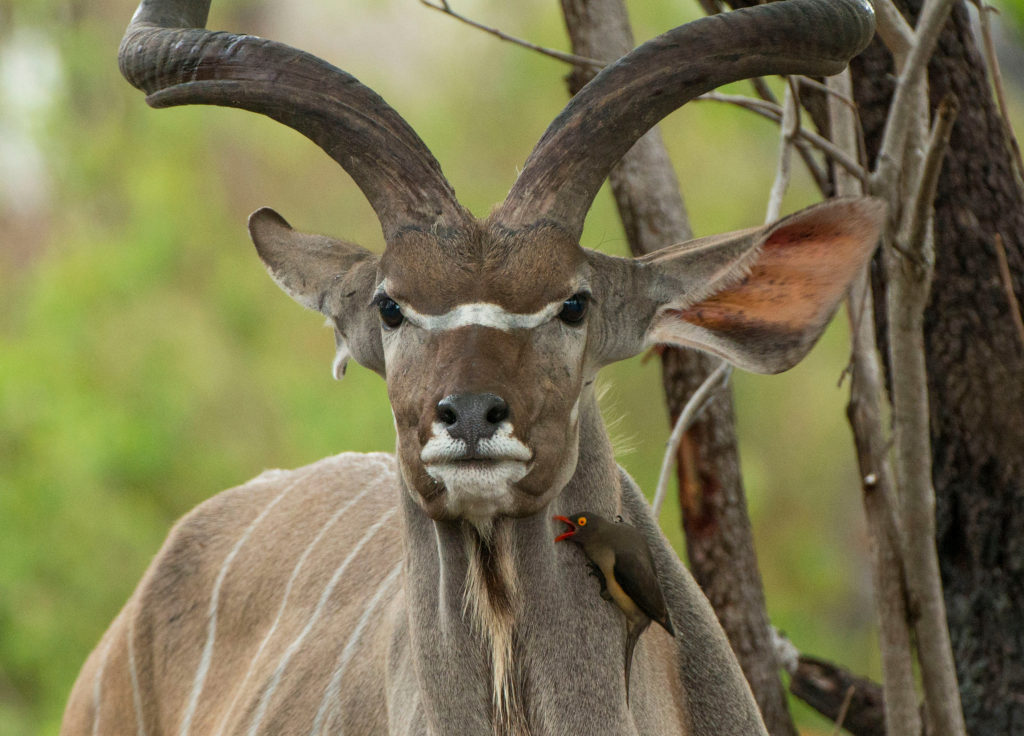
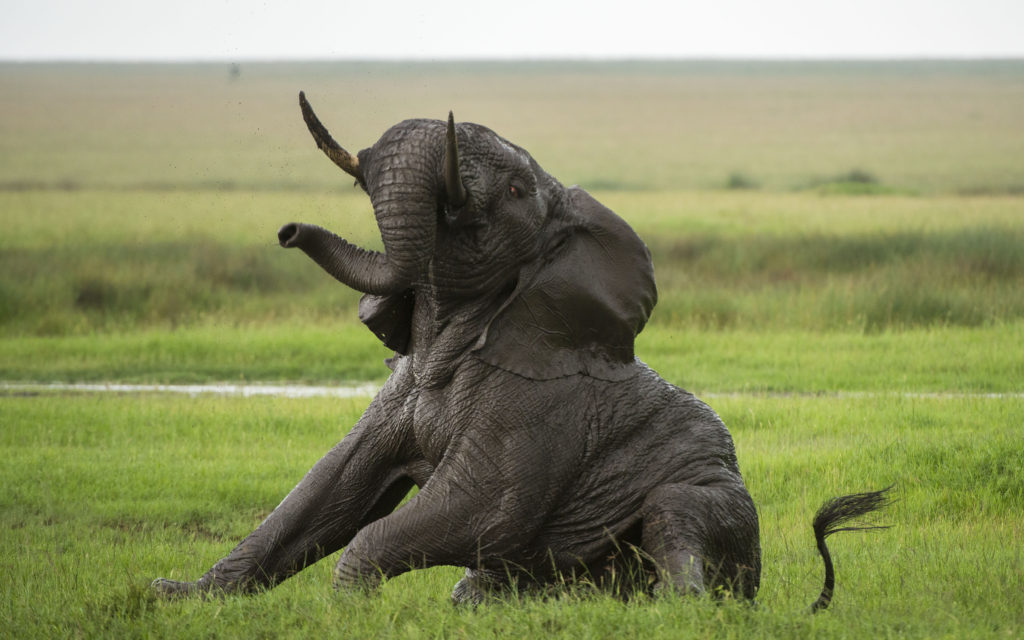
The climate of Selous can be described as warm to hot and humid. Being so close to the equator, temperatures are relatively consistent throughout the year. The period of October through March consists of the warmer months, while June to August are cooler. The Wet season occurs from November to May

Experience pristine luxury in the most serene and luxurious accommodation facilities in the midst of the most isolated wildlife in Africa. Designed to meet your circadian needs and contentment, these facilities range from hotels, lodges, safari campsites to flying camps. Stunning views are a given with most accommodation located along the Rufiji making your stay open to sundry activities close by.
There are only a handful of safari camps in this prodigious bulwarked wildlife sanctuary of Tanzania. Our accommodations have been culled with great care and attention. Minuscule scale, hospitality and quality are paramount. They vary in luxury but are all in pulchritudinous locations circumvented by nature and proximate to the animals.

- Visiting Selous’ Grave
- Boating Safaris:
- Night Game Drives:
- Walking Safaris & Marsh Walks:
- Bush Meals
- Sundowners:
- Photographic safaris
- Game Drives
- Private guided safaris

By Air:
- Flight time from / to Dar es salaam Airport to / from Kiba airstrip: 25 minutes
By Road:
- From Dar es salaam to Nyerere National Park is about 250km via Kibiti
